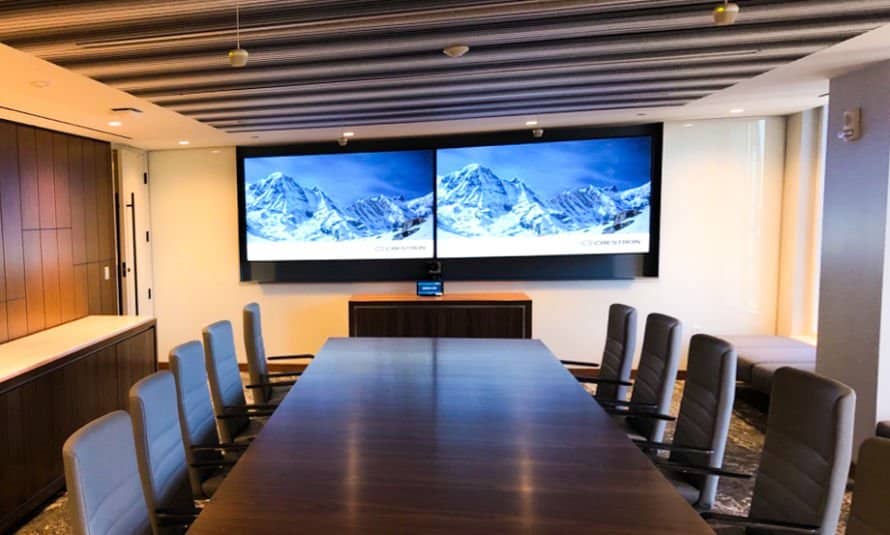When configuring audio-visual installations, the criticality of cabling and signal transmission is vital. Proper wiring not only ensures that audio and image quality are maintained but also delivers the stability of the overall system. In any AV setup, whether for a school, corporate space, or residential cinema, streamlining the network cabling can lead to enhanced performance and fewer technical issues. This article will outline key strategies for enhancing cable management and interfacing in AV systems.
The first step in optimizing media systems is to determine the correct cables for the job. Different types of cables fulfill unique purposes, so identifying compatible ones is important. For example, HDMI cables are standard for transmitting high-definition visual and audio signals. In opposition, balanced audio cables like XLR can eliminate signal noise in sound systems. It is important to consider the distance and grade of these cables, as longer cables can lead to signal deterioration. By utilizing premium cables that match the precise needs of the AV configuration, users can significantly improve system-wide performance.

Another important strategy is organizing the wiring strategically. A well-organized wiring system not only appears neater but also improves functionality. Using cable management tools like clips, ties, or sleeves can assist arrange wires organized and eliminate tangling. This organization also makes it simpler to resolve any issues that may arise. Labeling each cable according to its role or connection point can save time during setups or maintenance. A well-labeled layout helps technicians quickly locate connections, which is especially valuable in large-scale systems with numerous devices.
Additionally, assessing the layout of the environment is essential for optimizing signal flow. The location of equipment can influence how signals travel through cables. Installing devices too far apart may require longer cables or signal boosters, which browse this site can be expensive and reduce quality. It is beneficial to design the organization of equipment carefully, taking into account the distance between devices and potential obstacles such as walls or furniture. This strategic placement can reduce issues related to signal loss and improve connectivity throughout the AV system.
Routine maintenance checks are another important strategy for supporting reliable performance of AV cabling and connectivity. Over time, cables may become frayed due to usage or wear and tear. Periodically inspecting all connections helps identify potential problems before they develop into major issues. Replacing worn-out cables and maintaining connectors can maintain signal quality and guarantee the system functions smoothly. Maintaining a checklist for routine maintenance can help users manage this aspect of their AV infrastructure.
Finally, remaining aware about new technologies and standards is crucial for anyone working with AV systems. The field is constantly advancing with breakthroughs in technology that can improve connectivity go to this site and efficiency. Attending workshops, reading industry journals, or networking through professional communities can provide valuable insights into best practices and latest tools in the industry. By adopting these technologies and applying them to current systems, users can evolve their AV installations on an ongoing basis while maintaining they remain current with industry standards.
In conclusion, improving wiring and AV performance in AV setups entails thoughtful selection of cables, effective organization, thoughtful space layout planning, regular maintenance checks, and staying updated on technological advancements. By applying these practices, users can achieve better performance and reliability in their audio-visual setups, ultimately providing a more seamless experience for everyone engaged.